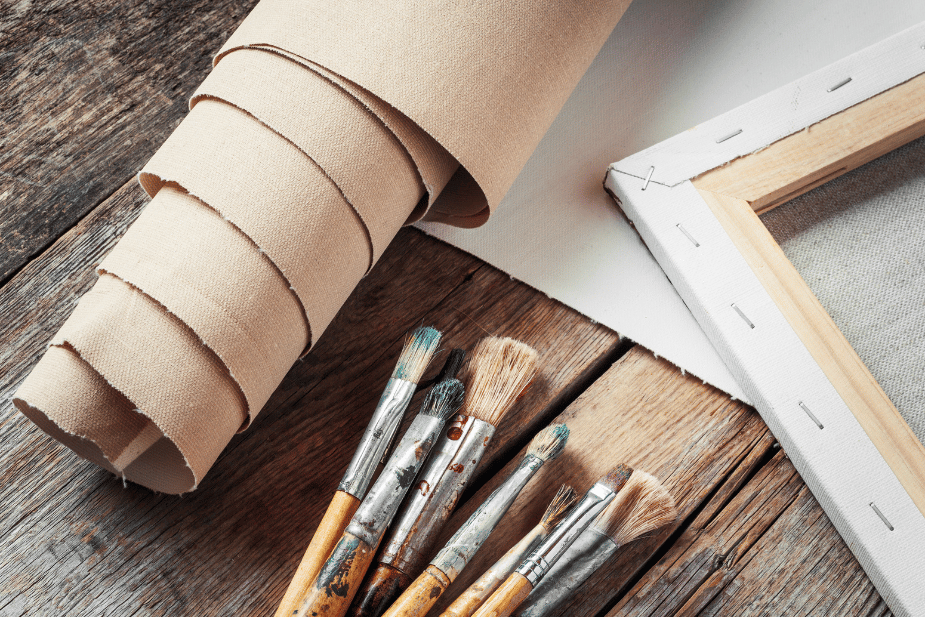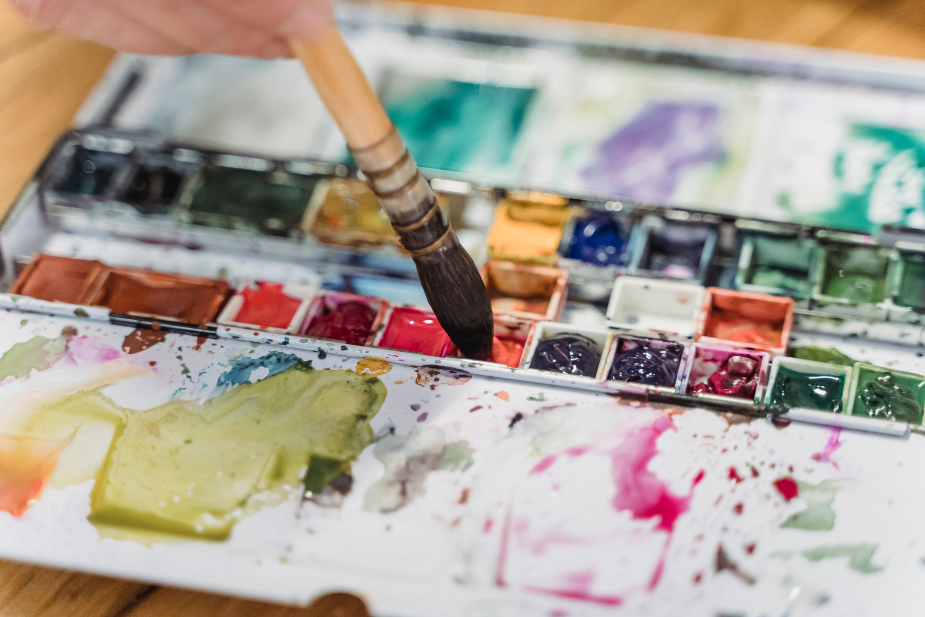
Guide: Choose the right paper type for your art
How to get the best results with watercolor, pencil, ink, oil pastel and dry pastel.
When working creatively with different media such as watercolor, pencil, ink or pastels, paper is more important than many people think. The right paper supports your tools, your techniques - and can ultimately enhance your entire expression. Here's a clear guide to what type of paper is best suited for different art forms.
Drawing with pencil
Paper type: Smooth or lightly textured drawing paper (e.g. 120-180 g/m²)
Why? Pencils glide easily over smooth paper, allowing for fine details and smooth transitions. For sketches, a lighter paper is enough, while a thicker paper is better for more finished works.
Tip: Avoid paper that is too coarse as it will wear the pencil unnecessarily.
Watercolor paint
Paper type: Watercolor paper (e.g. 100% cotton, 300 g/m²)
Why? Watercolor paper is thick and absorbent and can withstand repeated layers of water and paint. There are three surfaces available:
- Rough: Textured - good for dramatic effects
- Cold Pressed (lightly textured): All-round and most widely used
- Hot Pressed (smooth): For details and illustrations
Tip: Use tape or clips to secure the paper so it doesn't bend under water.
Markers and inks
Paper type: Smooth paper, preferably acid-free (approx. 200 g/m² or more)
Why? Markers and inks require paper with a smooth surface so that the pen glides smoothly without running out. The paper should be resistant to soaking.
Tip: Marker pads or "Bristol" are popular choices for this type of work.
Markers (e.g. alcohol-based markers)
Paper type: Marker paper or layout paper (typically 70-250 g/m², often coated)
Why it's important. Special marker paper prevents colors from running and ensures smooth transitions. It doesn't absorb the color completely, making it easier to blend.
Tip: Use paper with a coated backing - it prevents bleed-through and retains color strength.
Charcoal
Paper type: Heavyweight paper with a clear structure (approx. 160 g/m² or more)
Why? Charcoal requires texture ('tooth') to adhere to the paper.
Tip: Use fixative to protect your work when it's finished - and preferably paper that can withstand repeated eraser use and finger smudging. Sketch paper
Pastels (oil and dry pastels)
Paper type: Pastel paper or sandpaper-like paper (e.g. Canson or Sennelier)
Why? Dry pastels need paper with grip, while oil pastels do best on paper with little resistance.
Tip: Colored paper can add extra depth to your pastel works and bring out contrasts.
More tips
- Experiment - buy small samples before investing in large blocks
- Acid-free paper ensures your artwork stays beautiful over time
- Pay attention to the weight of the paper: The higher the grammage, the more robust and durable it is
Remember: Your choice of paper isn't just a technical issue - it's also part of your artistic style. When the paper works with your materials, your process will be more enjoyable and your results stronger.



